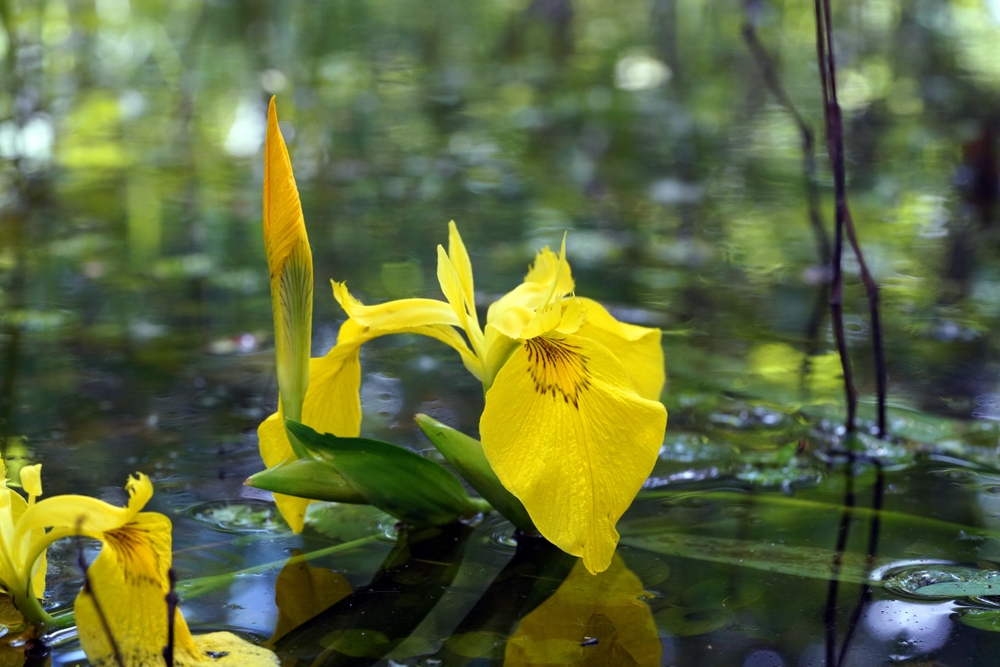Wetlands have long been recognized as Earth’s natural filtration systems, trapping sediment and purifying water, turning pollutants into safer compounds.
Now, new research reveals that these critical ecosystems may hold the key to combating one of today’s most profound environmental challenges: the removal of per- and polyfluoroalkyl substances (PFAS), often referred to as the “forever chemicals.”
Natural solutions to modern problems
PFAS are synthetic compounds used in everything from firefighting foam to nonstick cookware.
Strong carbon and fluorine bonds make it highly resistant to degradation, leading to widespread contamination of water sources and raising health concerns for humans and wildlife.
In search of sustainable solutions, Chinese researchers have discovered that combining certain wetland plants and fungi could significantly enhance PFAS removal from wastewater.
Yellow flag iris and the power of fungi
Scientists led by Bo Hu and Feng Zhao tested how well yellow flag iris (Iris pseudacorus L.) could remove PFAS from simulated wastewater in a controlled greenhouse experiment.
The plants were grown in a small artificial wetland environment with and without a beneficial root fungus known as Rhizophagus irregularis.
The results were amazing. Exposure to PFAS inhibits plant growth and reduces antioxidant activity, but irises partnered with fungi to show improved health and resilience.
Even more impressive, these fungi-assisted plants extracted 10-13% more PFAS than plants grown without fungal assistance.
The research team also found that the fungal system incorporated more long-chain PFAS into plant tissues and accelerated the breakdown of PFAS into less harmful compounds. This is probably due to increased microbial activity stimulated by the fungus.
naturally clean water
When researchers tested the water flowing out of these micro-wetlands, they found that the fungal systems released 17 to 28 percent less total PFAS compared to controls.
This indicates that the addition of R. irregularis to constructed wetlands may significantly improve their ability to naturally treat PFAS-contaminated water and reduce the need for expensive chemical or mechanical filtration techniques.
Towards scalable PFAS cleanup technology
The next stage of the research will be to move beyond greenhouses and test full-scale wetlands created using actual wastewater sources.
If these systems function similarly under natural conditions, they could provide a scalable and environmentally friendly strategy for PFAS removal, turning contaminated sites into thriving habitats that remediate the environment.
By harnessing the symbiotic relationship between plants and fungi, scientists are uncovering a nature-based blueprint for tackling one of the world’s most stubborn pollutants, turning wetlands into powerful allies in the global fight against eternal chemicals.
Source link

